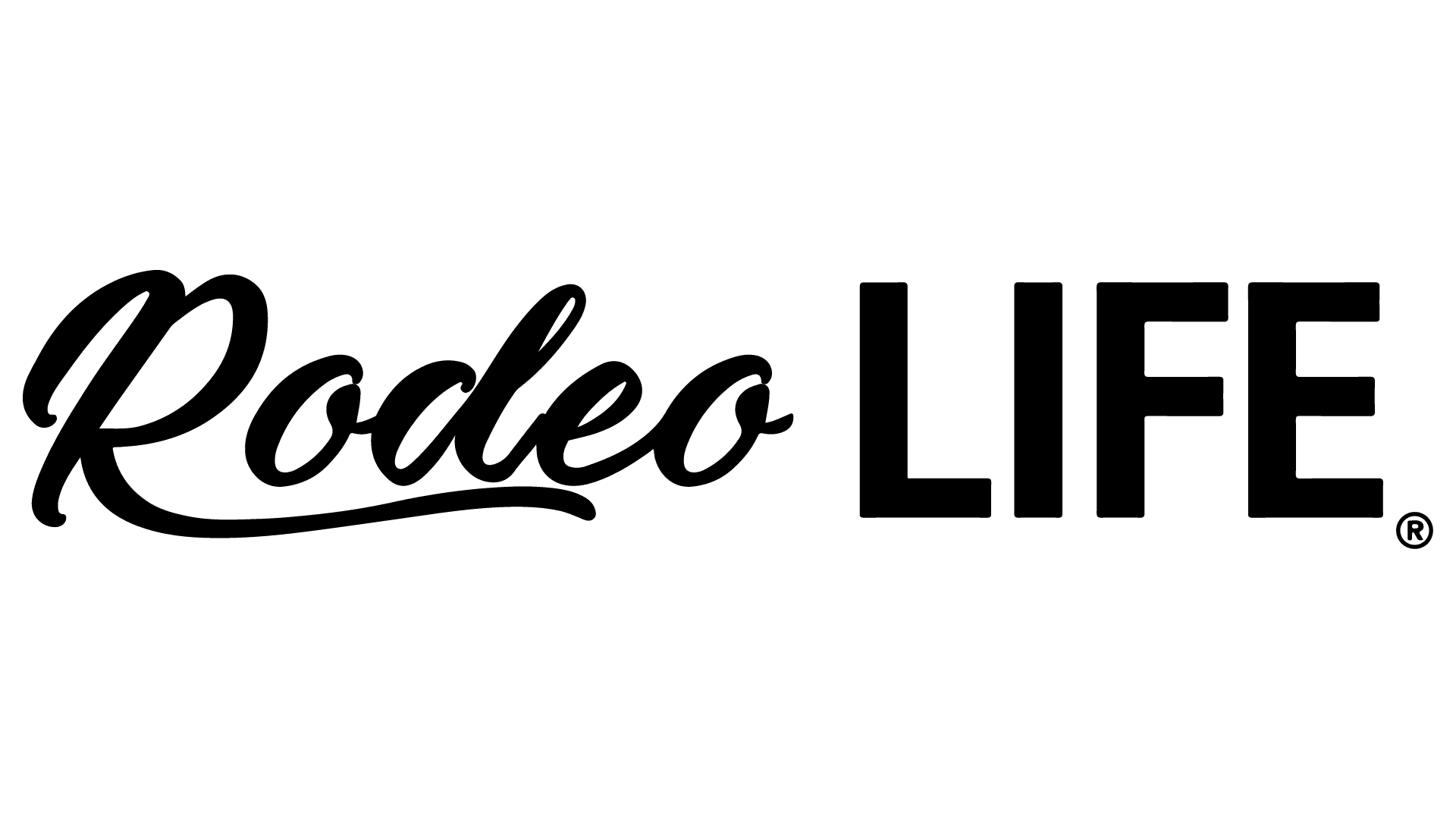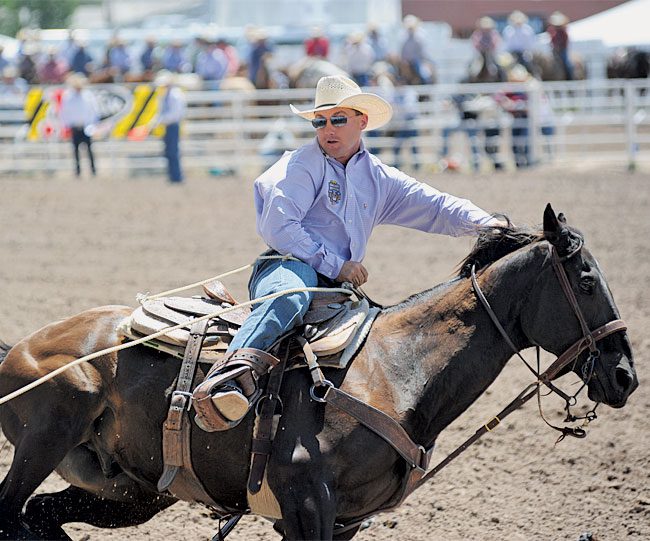Chris Anderson, his wife, Sarah, and their two children, Ike, who will be two in June, and Tinsley, who just turned two months, make their home in Fort Morgan and own and operate CA Performance Horses. “I’ve been out on my own professionally since 2008,” he said. “I qualified my first horse in the Open AQHA show in 2008.” The mare, Darling Catichi, won the Junior All Around in 2012, beating out every other five and under horse in the nation. “I would say that and making the National Circuit Finals in the steer roping (2010) are my biggest accomplishments so far with my horse training.”
He has trained and ridden horses that made it in the top five, as well as winning Congress, and his next goal is to take his snaffle bit horse to Reno this year. “I’ve also got a really nice talented mare that a customer would like to win Super Horse at the World Show. JD Yates thinks she is good enough and if the stars are right and I do my job, we’ll have a chance. There’s a lot that’s got to go right ,but she’s a good enough mare.”
Chris got his start in the training world with a really nice gelding. Thanks to the help of JD Yates and Jay Wadham, he was able to break into the business. “JD took me under his wing, and I showed some in the youth an amateur at college.” As a kid growing up in Merino, Colo., Chris had always wanted to rope steers and with the help of Tom Gibson and JD, he was able to learn how. “I had a fair amount of success in the Circuit Finals and made the National Finals once.”
Of all the events that Chris competes in; team roping, calf roping, reined cow horse, and steer roping; he favors the steer roping. “I don’t get to do it as much as I used to, but I think it’s pretty unreal what a steer roping horse has to do.”
A close second, in his opinion is cow horse work. “Those horses have to work all three events, cutter, dry work pattern, and down the fence.” He was excited to see the reined cow horse added to the high school rodeo events. “The horsemanship that goes with the cow horse stuff is so important.”
He splits his time between training his own horses and working on outside horses. At any one time, there can be 20 outside horses in the pens that need tweaked for his growing clientele. “Not all of the horses I own are young ones in training; some are solid finished rodeo horses.” When he’s working on a horse for a customer, he has to have solid horses to help him. “If you sent me a heel horse to train, I can’t ask him to do a good job for me if the head horse we are working with is a green, goofy horse, so I have to keep a certain amount of good quality horses in my program so I can do my job. When I go to the horse shows, I have guys turning steers for me to show my horses and I have to have good solid horses to take with me for them to ride.”
The other part of his business is rodeoing for himself. “I keep a couple really good rodeo horses and jackpot horses of my own.” The amount of money that can be won at these jackpots keeps growing, and Chris is ready to take some of that home. “Look at the World Series Finals in Vegas… you don’t have to get that much done to win $20,000.”
He believes in spending money on a good finished roping horse. “For the average person that wants to go rope and enjoy themselves and have a good time, spend the $15,000 to buy a horse that is seasoned – that’s a cheap investment when you think about it. Look what’s out there to win. If you are a #4 header and you know how to do your job; score well and catch consistently; there is so much money out there you’re going to pay for that horse. That’s what people don’t understand – it’s not what did this horse cost, but the way I look at it, what did this horse cost me from being able to win – that’s how I look at the price of a horse.”









